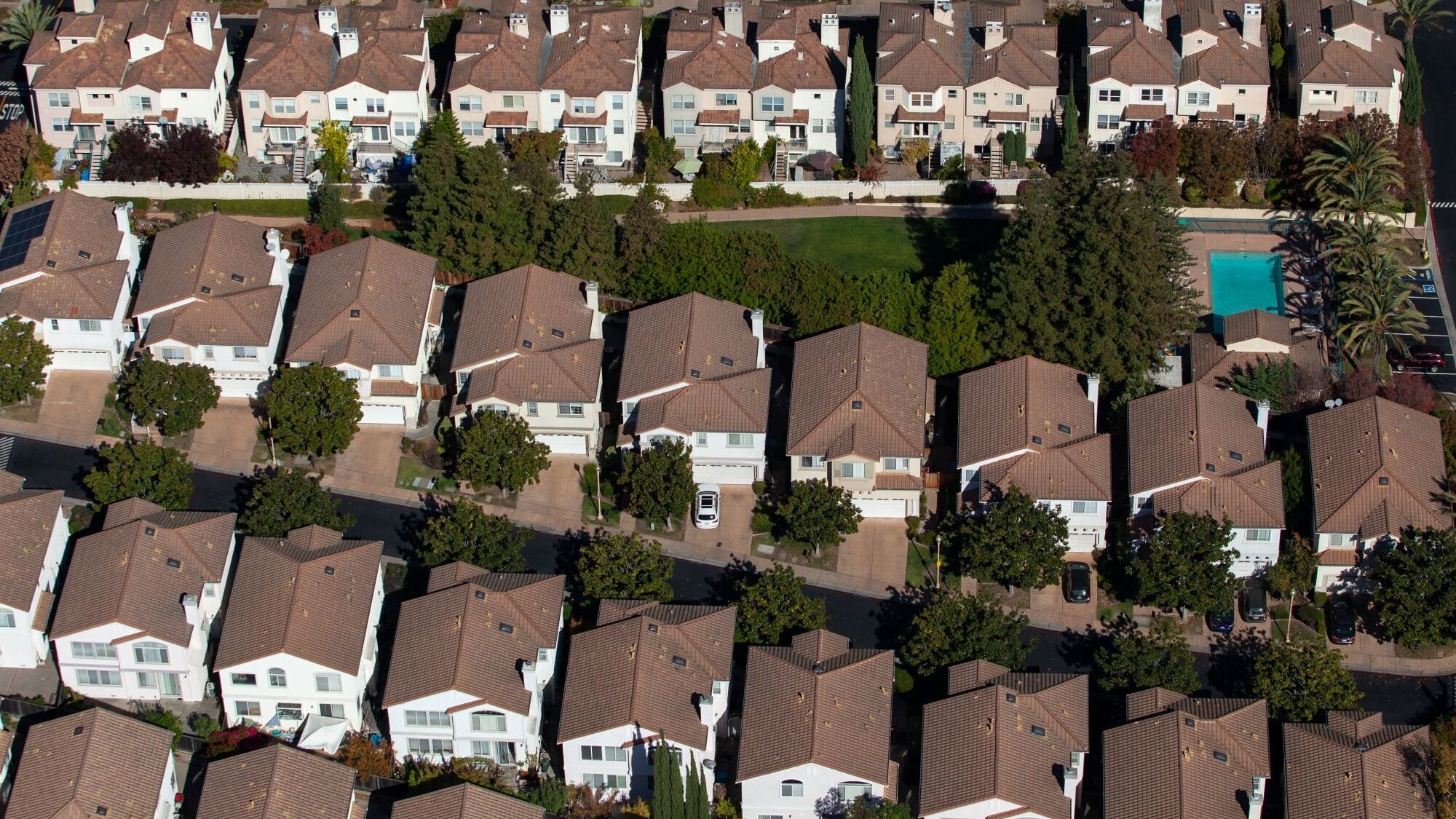(Bloomberg) -- US new-home construction unexpectedly fell in November as a drop in multifamily projects mitigated a rebound in starts of single-family houses, solely in the storm-ravaged South.
Housing starts decreased 1.8% to an annualized rate of 1.29 million, the slowest since July, according to government data released Wednesday. The median forecast was for a 1.35 million pace.
Starts of single-family homes rose 6.4% to an annualized rate of 1.01 million while new construction of multifamily projects decreased more than 23%.
The pickup in one-family home construction was due to a 18.3% advance in the South — the nation’s largest homebuilding region — as parts of the area that includes Florida rebounded from hurricane-related delays in late September and October. All other regions declined.
The industry outlook has turned cloudier in recent months. Builders ramped up construction over the past year to take advantage of a shortage of existing homes on the market. However, the inventory of new homes for sale now stands at the highest level in nearly 17 years.
Aside from the South, total new-home construction decreased 28.2% in the Midwest and nearly 12% in the West. In the Northeast, starts of one-family homes dropped to the lowest level since July 2021.
Building Applications
Building permits, which point toward future construction, increased 6.1% to a 1.51 million annualized rate, according to the government’s residential construction report. Authorizations for single-family homes were little changed at an annualized rate of 972,000.
The number of projects under construction decreased 1.8% to an annualized 1.43 million, the lowest in more than three years. The number of one-family projects under construction fell to the lowest since March 2021.
Builders had been working though an abundance of projects, but since peaking in August, completions have declined three straight months — the longest stretch since 2021.
Meantime, housing demand has been constrained by high borrowing costs. The average 30-year fixed mortgage rate has climbed since hitting a two-year low in September, and they’re likely to stay above 6% at least for the next two years, according to a Mortgage Bankers Association forecast.
While Fed policymakers this afternoon are expected to lower their benchmark rate for a fourth straight time, they’re also seen taking a more deliberate approach in 2025.
What Bloomberg Economics Says...
“The recovery from the autumn hurricanes was evident in the regional data. The slowdown in starts of multifamily projects may prove temporary, as a surge in permits suggests builders still have interest in larger projects.”
— Stuart Paul, economist
For the full note, click here.
To help lure buyers, builders have been offering customers “mortgage buydowns,” or making upfront payments on their behalf to lower their monthly payments, as well as occasionally cutting prices. However, these enticements have chipped away at builders’ profit margins, said Bloomberg Intelligence analyst Drew Reading.
The likelihood they’ll have to keep leaning on incentives partly explains why homebuilder shares have slid sharply in recent weeks, Reading said.
The new residential construction data are volatile, and the government report showed 90% confidence that the monthly change ranged from a 12.4% decline to a 8.8% gain. The National Association of Realtors will offer a look at the resale market on Thursday when it releases the November previously owned home sales report.
--With assistance from Chris Middleton.
(Adds graphic)
©2024 Bloomberg L.P.
